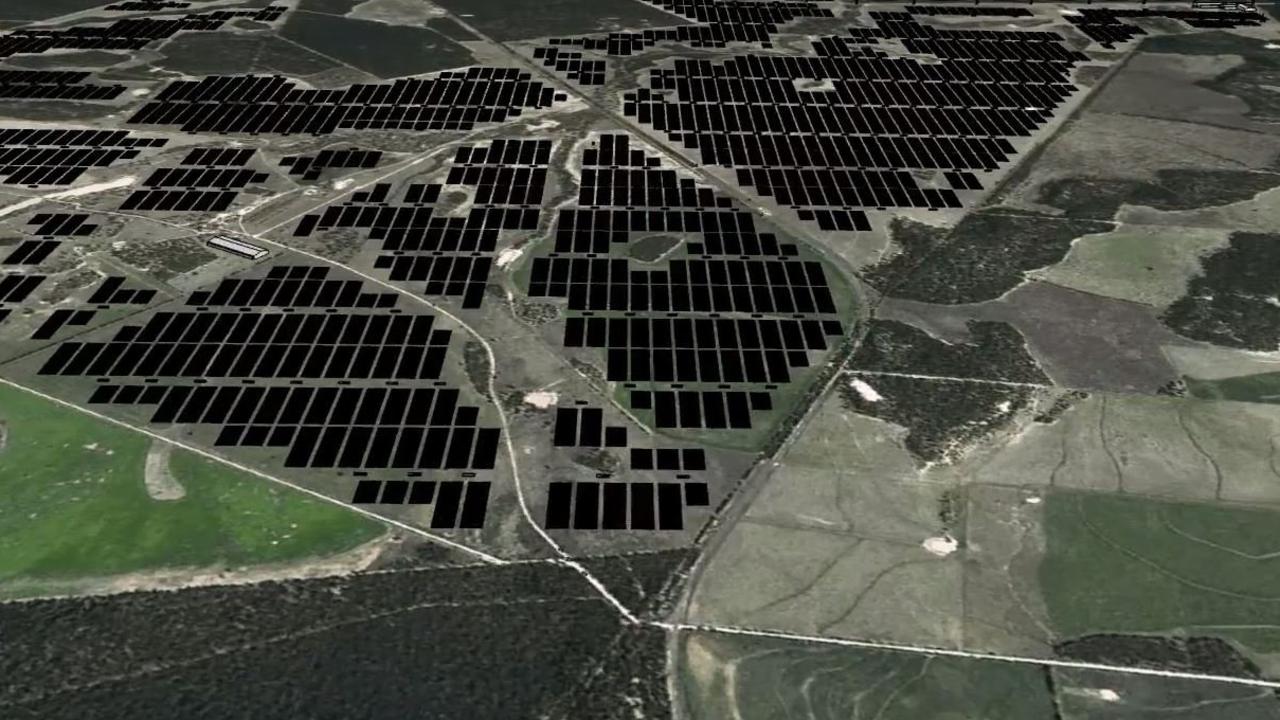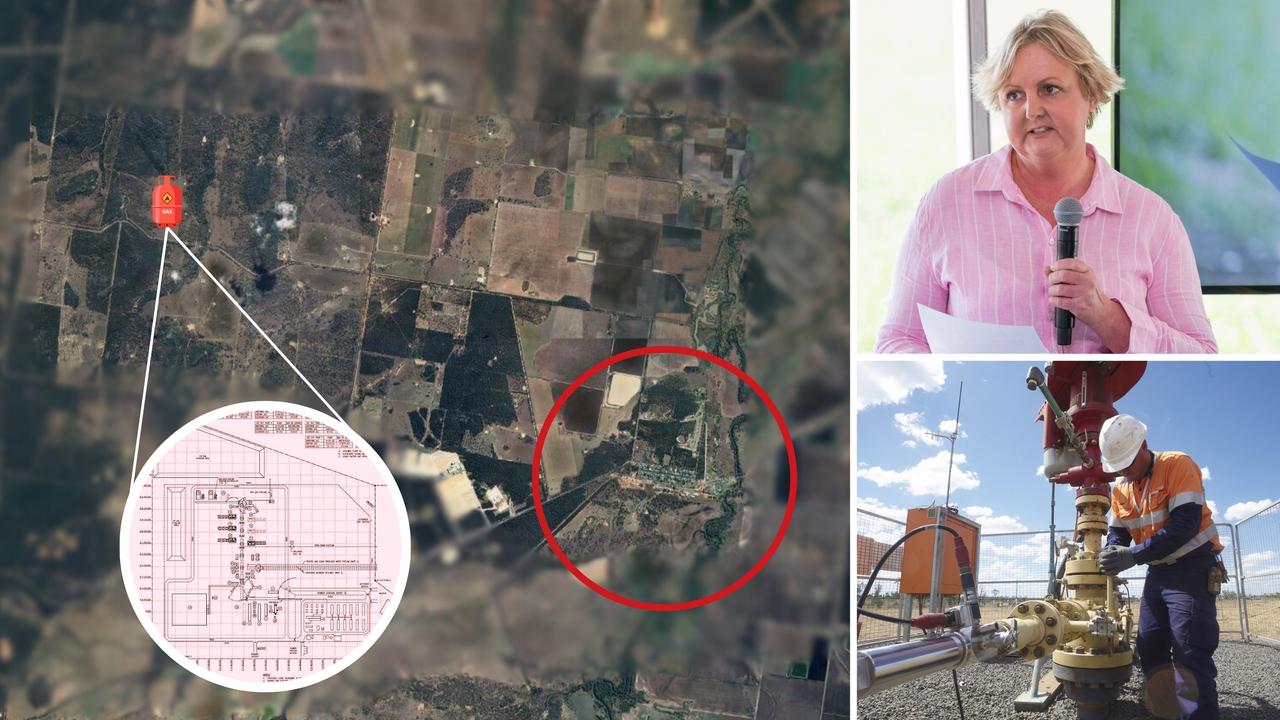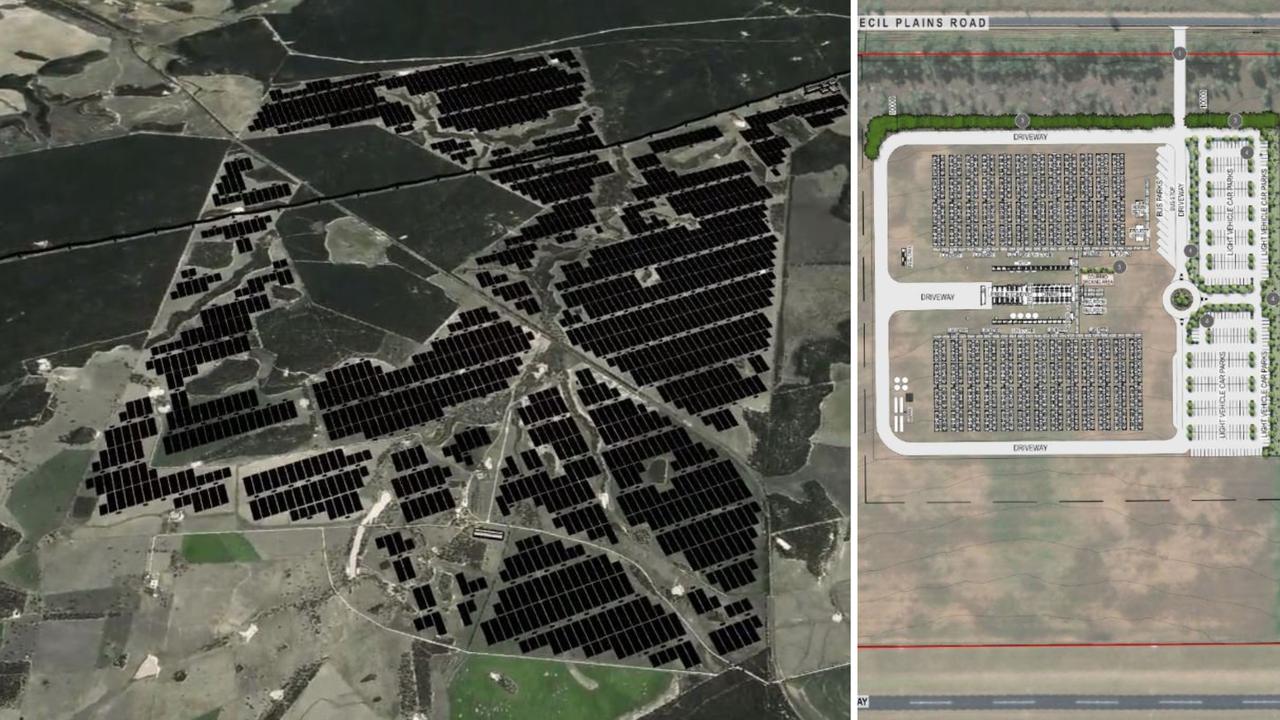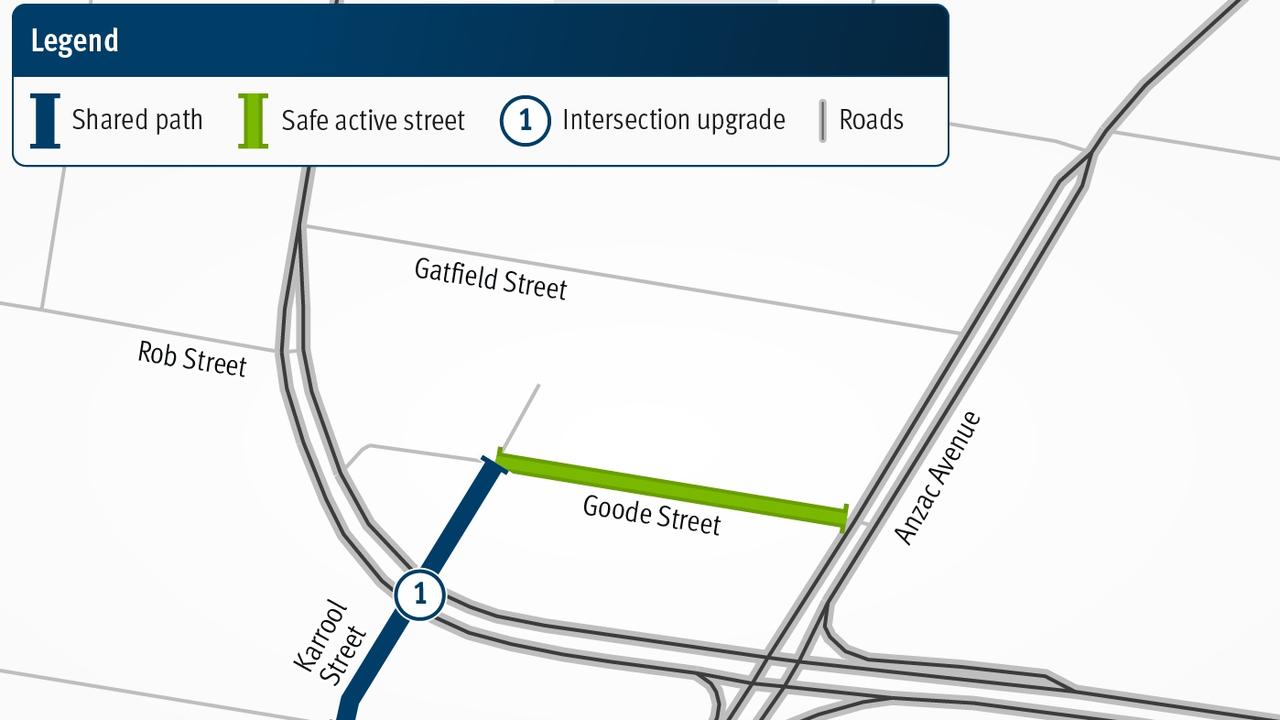Toowoomba housing: Developers, council reacts to new ShapingSEQ document by state government adds land for 17,000 new residents
Developers and the Toowoomba council are gearing up to facilitate thousands of new homes across the city over the coming decades, following new mapping by the state government.
Development
Don't miss out on the headlines from Development. Followed categories will be added to My News.
The path has been cleared towards homes for more than 17,000 new residents in and around Toowoomba as part of a collaborative push between the state government, council and development industry to solve the region’s housing crisis.
The areas in and around Meringandan and Westbrook are the new growth fronts for residential land in the Garden City, after more than 650 hectares of residential land was included in the urban footprint of the state government’s new Shaping SEQ2023 document, which was released late last year.
More than 250 hectares has also been added for industrial land, in a move some experts say could spur on Toowoomba’s burgeoning advanced manufacturing sector.
The new mapping was unveiled by the Queensland government’s planning and development services manager Kieran Hanna at Thursday’s UDIA business breakfast, where he revealed the region needed more than 31,000 extra homes before 2050.
While the changes to the urban footprint still need to be reflected in the Toowoomba Regional Council’s own mapping and future planning scheme, the event suggested a closer and more harmonious working relationship between industry and the two tiers of government.
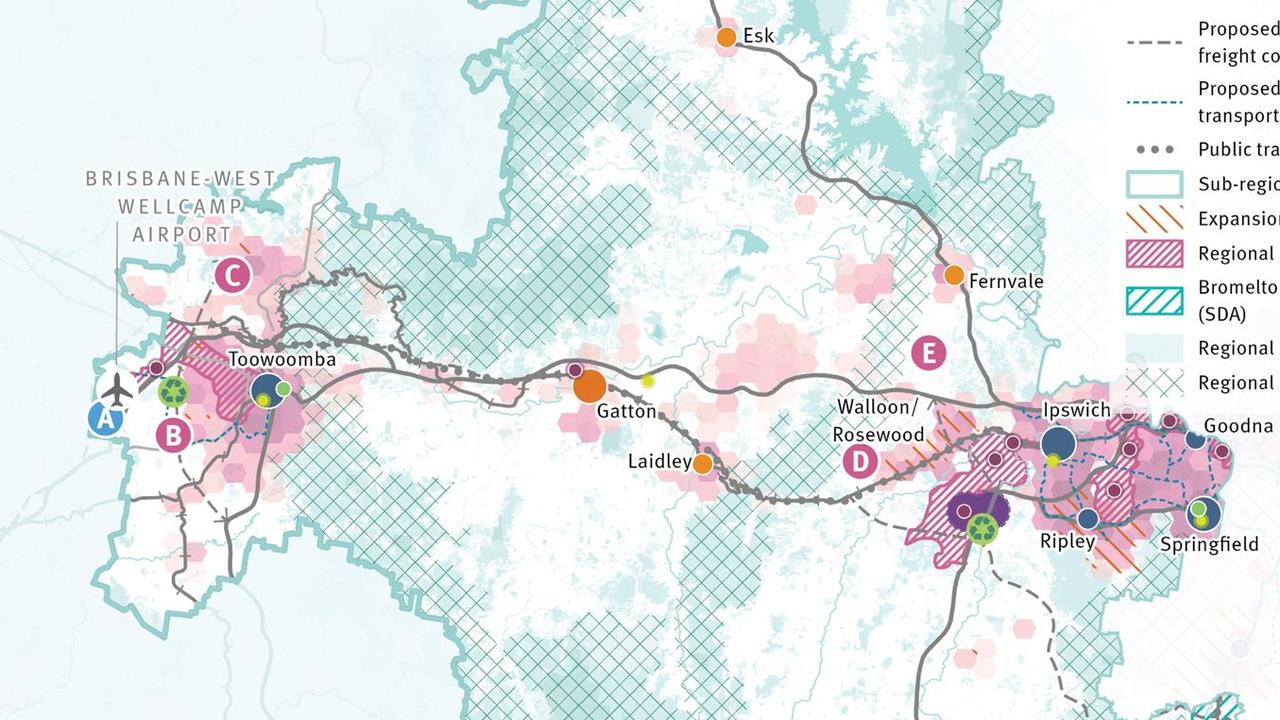
It comes just days after the government announced a $350m fund to help developers pay for the infrastructure charges of “market-ready” developments like unit blocks.
It is unclear whether the developer or the local council would need to be the applicant for funding.
UDIA Toowoomba president Rob Weymouth said the growth in the urban footprint would create over 7000 new detached lots and house more than 17,000 residents before even accounting for new medium-density living options like units and townhouses in existing areas.
“We’re going to have a great opportunity to service the growth over the next 25 years,” he said.
“Both levels of government are pushing through with this and are working with the development industry, trying to solve the housing crisis.
“We don’t have enough supply, so they’re trying to bring supply on quickly.”
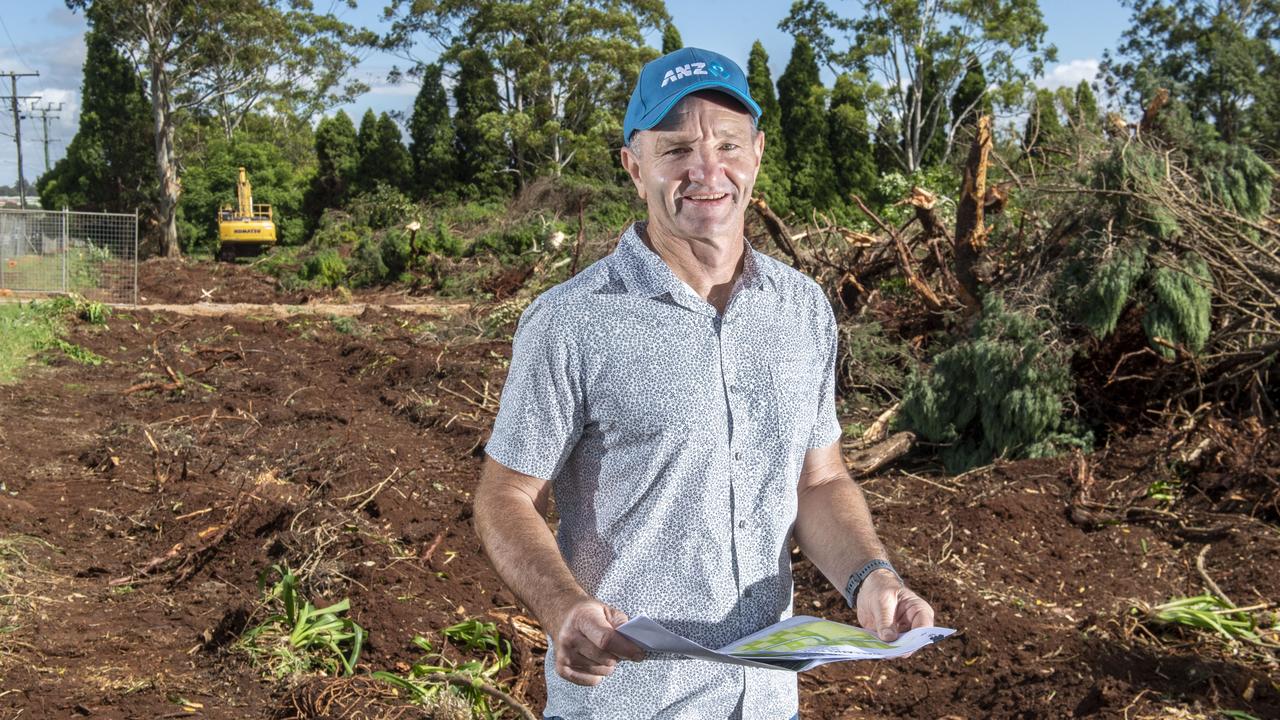
Mr Weymouth said the ShapingSEQ document also reflected distinctions between the housing markets in Toowoomba, with the plan outlining higher rates of detached dwellings in our region compared to the rest of southeast Queensland.
“They’ve acknowledged our percentages of detached and attached housing are different to the rest of SEQ and they’ve changed their plan to suit where our community lives,” he said.
“It’s recognising we need the growth and we need the money to support the growth.”
Another $12.5m has been allocated by the government to help councils complete new planning schemes.
The Toowoomba council is believed to have applied for this funding.
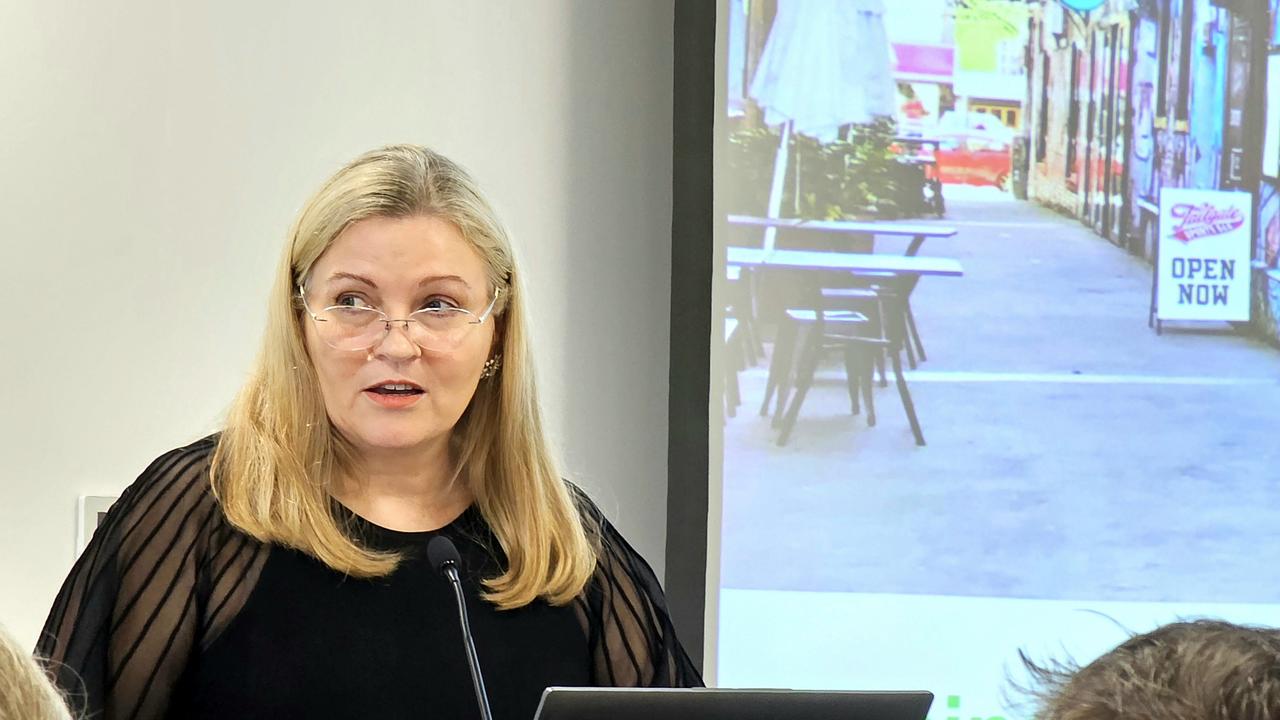
Planning and development general manager Dr Nikola Stepanov told guests at the breakfast the council was committed to an increase of housing with the caveat of a sustainable plan for infrastructure.
“We have a housing crisis, we’ve got population growth, we’ve got demands placed the industry in terms of construction costs, high inflation and financial challenges on local government levels,” she said.
“If we can’t pay our bills, what we need to do is put up fees, charges and rates.
“Infrastructure costs make or break local governments and developments as well, so it’s really important to have that as a key priority.
“We need to be able to afford that infrastructure while also maintaining the services and infrastructure we already have. It’s going to be a really challenging time.”
Dr Stepanov said the council’s submission to the state government reflected the community’s desire for less consolidation of existing residential land.
“The idea of three-storey infill development in Campbell Street might be a bit difficult for our community to grasp, so we see infill development as appropriate in certain areas and not spread out unfettered across the region,” she said.






